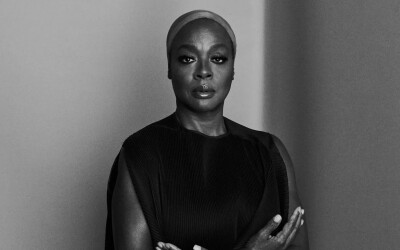In the almost thirty years since the term intersectionality was introduced, it has been taken up in a range of academic disciplines in the United States and beyond. It has even entered public discourse as a buzzword in the age of identity politics. Black feminist and critical race scholar Kimberlé Crenshaw, the progenitor of the term, described intersectionality as “a method and a disposition, a heuristic and analytical tool” in a 2013 article she coauthored with other feminist scholars. The now-expansive use of the term speaks to its power to attend to what black feminist theorist Patricia Hill Collins refers to as the “interdependent phenomena” of oppressions, whether based on race, gender, class, sexuality, disability, nationality, or other social categories.
Although Crenshaw coined the term intersectionality in the late 1980s in the context of the rise of critical race legal studies and through her own research, it is based on a concept developed over many decades of thinking and struggle by black and indigenous feminists and other women of color. Within academe, the term has also traveled and developed well beyond legal studies to counter unidimensional and exclusionary analyses of oppression in many disciplines, such as the reduction of feminist inquiry to examining only the experiences of white, Western women or the absenting of women of color within antiracist scholarship and of indigenous women within decolonial scholarship. But as intersectionality becomes more institutionalized in academe and popularized in the wider culture, its meanings can also become diluted and even misappropriated. Too often it is reduced to ticking off identity categories in so-called politically correct ways or misrepresented in contemporary identity politics and culture wars, which have erupted recently into the right-wing politics of white male victimization. Thus, at this political moment, it is important to revisit the genealogy of this ever-evolving concept to understand both its theoretical and its practical value for addressing “gender issues” on campus and the costs of its dilution and misappropriation.
Crenshaw advanced intersectional analysis especially through her 1991 study of domestic violence against women of color, particularly immigrant women, in Los Angeles. She centered her analysis on the fraud provisions of the 1990 Immigration and Nationality Act. Because applications for permanent resident status could proceed only after two years of marriage and cohabitation and with the permission of spouses, the act effectively forced immigrant women to stay married to and cohabit with their US citizen or permanent resident spouses, regardless of any abuse suffered at the hands of these sponsors. Technically, spouses could escape an abusive partner without risking deportation if they reported the abuse. However, fear of reporting, economic obstacles to seeking redress, and the failure of legal authorities and battered women’s shelters to provide multilingual and other special services hampered the ability of survivors to do so. The confluence of these structural barriers acted to further subjugate women already vulnerable to racism, sexism, and classism while increasing the privileges (male, national, and, in some cases, racial or class-based) of abusive husbands who were enabled by official policy and practice to maintain legal, cultural, and social control over their wives.



